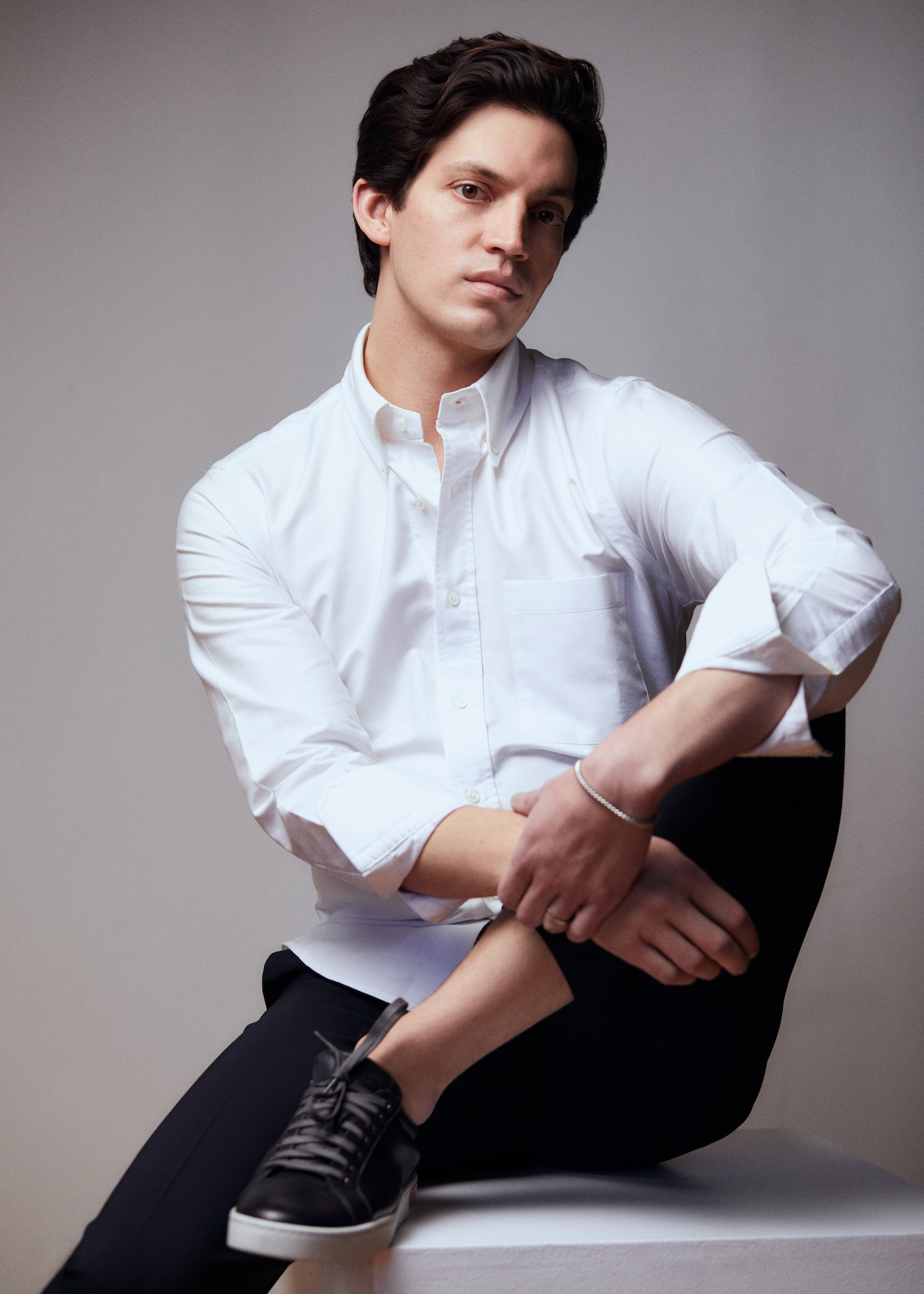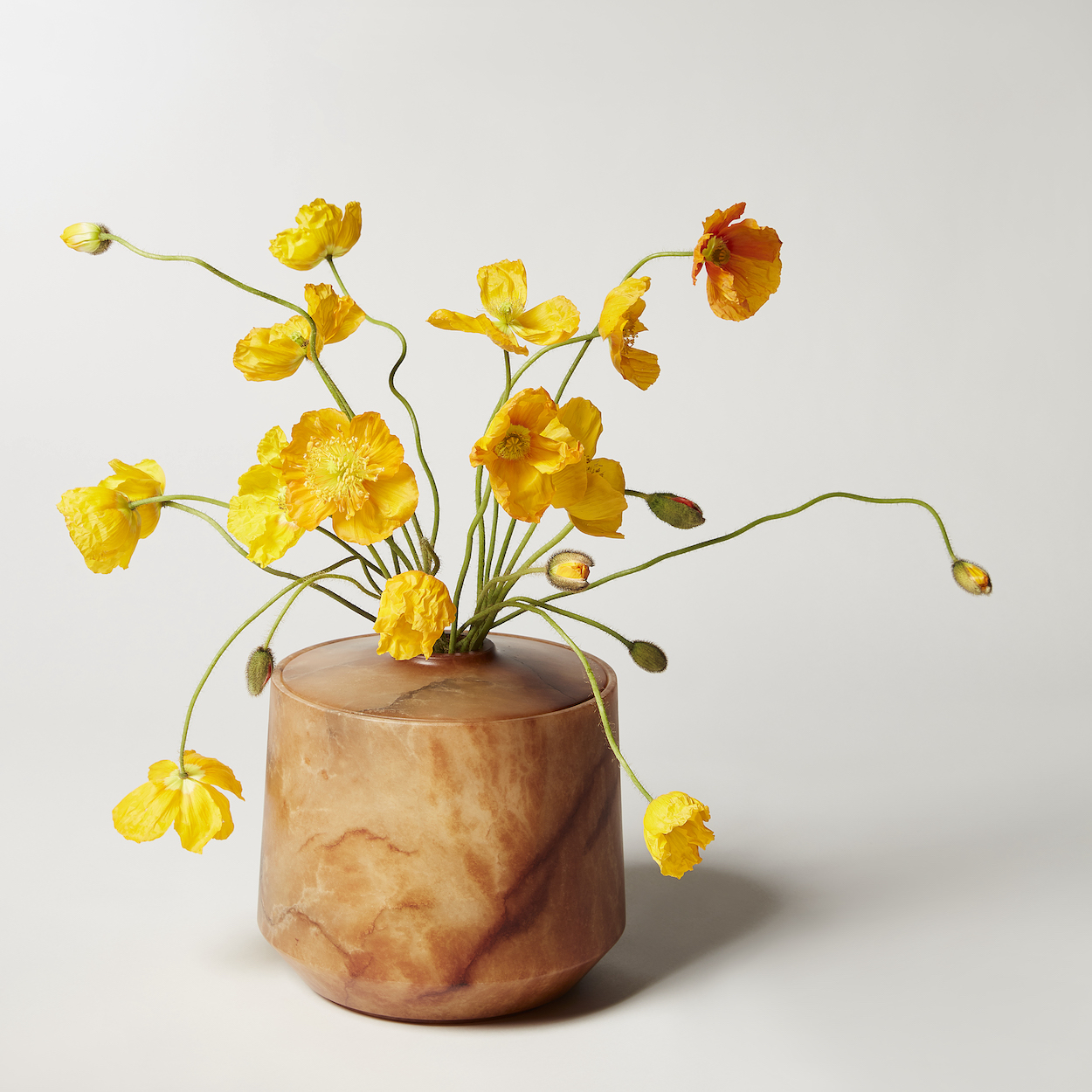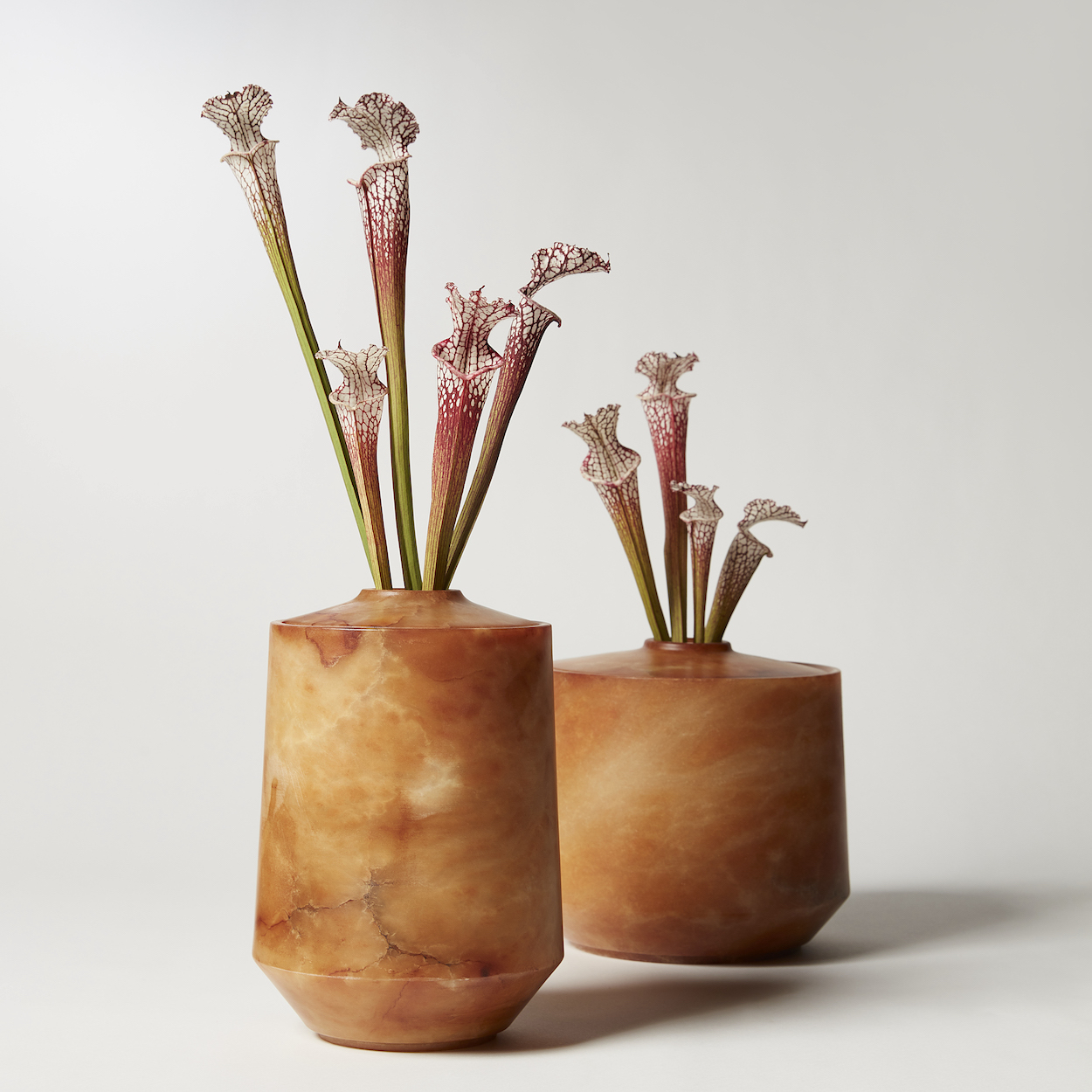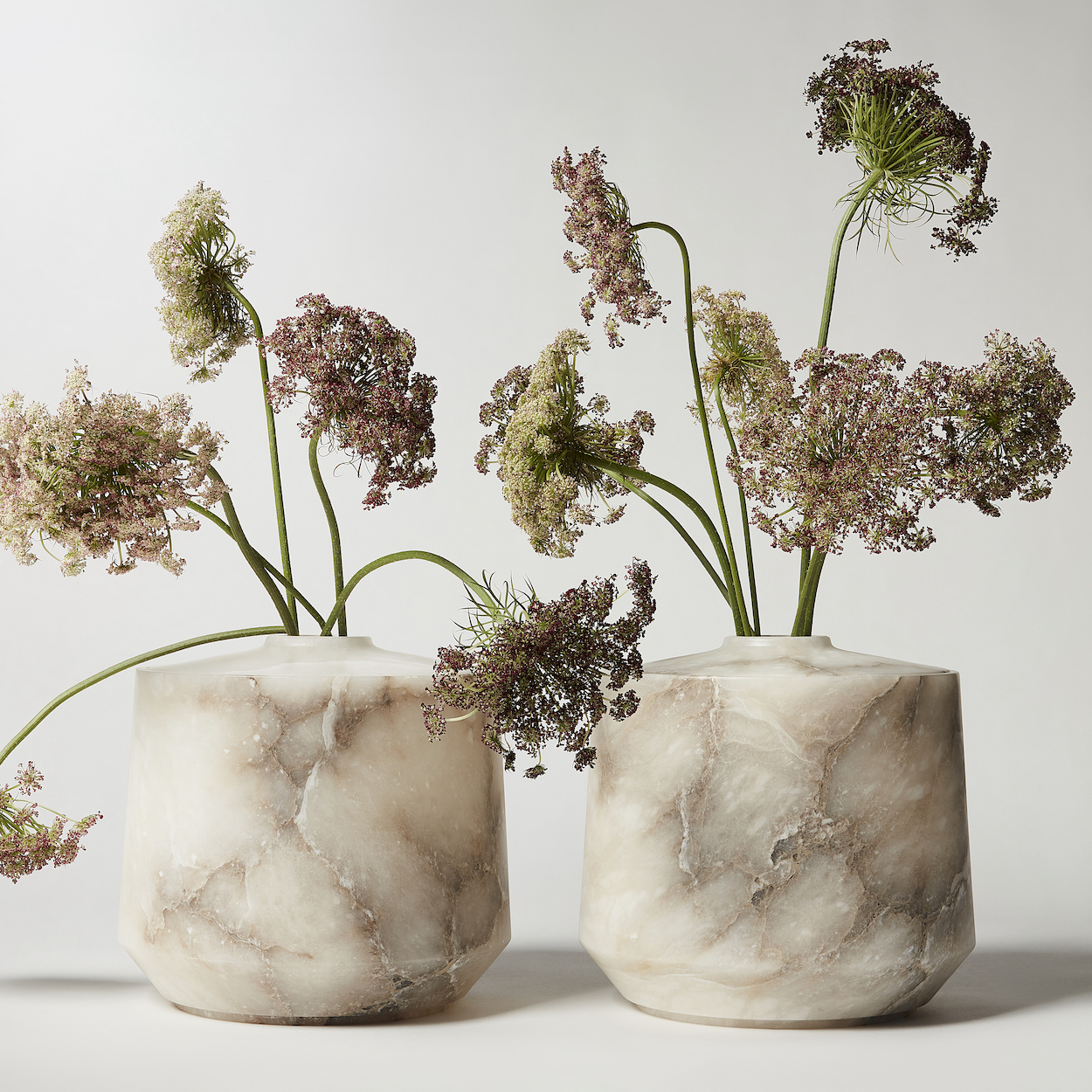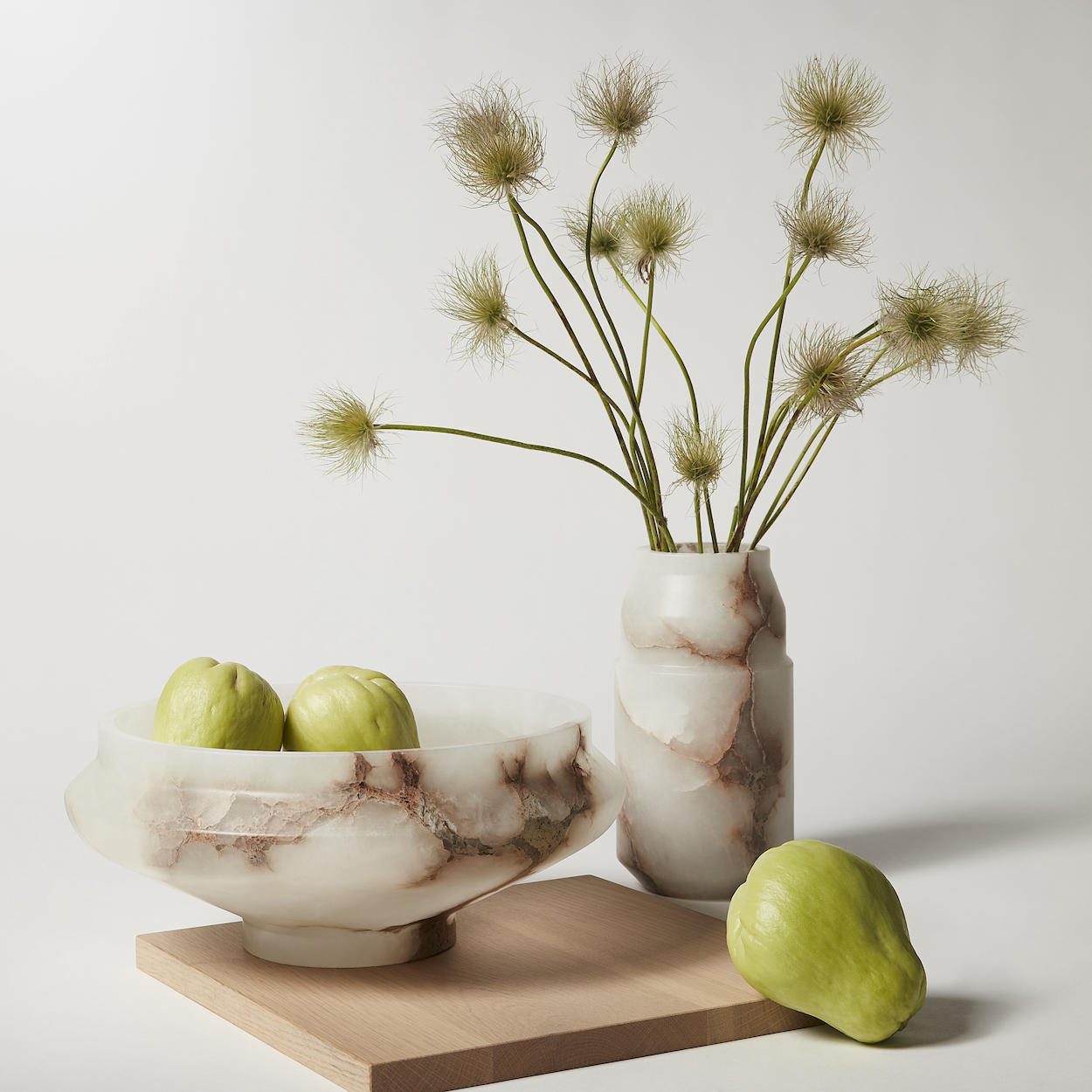Here, we ask designers to take a selfie and give us an inside look at their life.
Age: 31
Occupation: Artist.
Instagram: @mfisher_nyc
Hometown: I grew up in Chantilly, Virginia. However, I packed my bags at the age of 14 and moved to New York City. I think I’ve become a New Yorker through and through.
Studio location: My studio is in TriBeCa and my shop is in Queens. I work with suppliers and fabricators all over the world.
Describe what you make: My work ranges from decorative art objects to functional furnishings produced in historically revered natural materials.
The most important thing you’ve designed to date: My namesake collection released this past spring is the most important work I’ve produced to date. It was the first body of work I produced for myself derived from my own interests and intentions. The purity and autonomy in the creative process was freeing and reignited my passion to create.
Describe the problem your work solves: I recently completed a series of lidded urns in the material Alabaster Agata. Upon showing this work to a new friend, they were prompted to tell me how much the material reminds them of the rosin they used to run their violin bow across before they began playing. Similarly, the memory reminded me of my prior life as a professional ballet dancer. Before going on stage to perform, I would break a rosin rock and coat the bottom of my ballet shoes in the rosin powder in order to not slip. I like to believe that the anthropological research into both material and form that is at the foundation of my practice creates the nostalgia people find in my work. My hope is that this connects them to something forgotten, slows the pace of their life, and gives them a chance to reflect on memories of another time. Whenever someone tells me that the objects I produce allow them to access a lost thought or emotion, I feel I’ve done something right.
Describe the project you are working on now: I’ve been working on a commissioned chess set for the French design house Liaigre. I knew almost nothing about chess when beginning this project, but I was intrigued by the amount of flexibility I was being provided. I was encouraged to completely break away from the Howard Staunton forms we all know today designed by the architect Nathan Cook. My research led me to the Ancient Egyptian board game Senet that fell out of popularity in early Roman times. I’ve taken a great deal of inspiration from the surviving Senet game pieces as well as generating form through the movement each piece is permitted to make in game play. My background in dance had me instantly interested in the notion that a game piece’s prescribed movement patterns could be reflected in its overall form.
A new or forthcoming project we should know about: I have almost completed work on my first illuminated stone design. I call the work Lantern 5 and it was influenced by ancient oil lamps and imagery of the sun disk during the 18th Dynasty Amarna period in Ancient Egypt. It took me a great deal of time to find stone material that felt unique but would transmit light uniformly. Even after finding materials and producing prototypes, the same material from a different block source would transmit light differently or not at all. Through a cherished relationship with suppliers in Italy I was able to select enough material of required quality to produce the series. I am excited to show that stone can be used as a diffusing source for light and how it produces a soft quality of light when carved carefully. It stands in direct contradiction to the preconceived ideas of the material as hard and impenetrable. I will release Lantern 5 in September—just in time to provide a warm glow to our fall evenings.
What you absolutely must have in your studio: Collaboration is essential to my studio for my sanity and work. Working with stone is not a solitary process—it requires the expertise of countless individuals, from quarry owners, suppliers, fabricators, freight agents, and friends. The support of all these voices daily is one of my favorite parts of my work. Iced coffee and black fine point Sharpies are a necessity as well.
What you do when you’re not working: I’m probably taking portrait mode photos of my cream Shiba Inu, Thisbe. The first ballet I ever performed was A Midsummer Night’s Dream and within the ballet, a troupe rehearses the play Pyramus and Thisbe. The name always stuck with me and it reminds me of what feels like a different lifetime every time I call her name.
Sources of creative envy: Julia Morgan, not only for her contribution to Arts and Crafts but for pioneering a role for women in architecture. Peter Zumthor for his writings and expression of the poetry of moving through space. Louis Khan for showing me the importance of light in design. Sherry Turkle for teaching me that in our relation to objects, thought and feeling are inseparable. I wish I knew their names but every ancient artisan who created the artifacts that inspire my work every day.
The distraction you want to eliminate: Self-doubt courtesy of my inner saboteur.
Concrete or marble? This one is easy. Obviously, marble.
High-rise or townhouse? I grew up in a townhome in Virginia and I live in a high-rise in New York. How about a bungalow near the ocean where I can smell the salt air and hear the thunderstorms rolling in? That would be perfection.
Remember or forget? I wish I could remember everything. Little aggravates me more than forgetting something which used to be so clear.
Aliens or ghosts? Ghosts. Every love story is a ghost story.
Dark or light? The materials with which I work only come to life in the presence of light. The interaction of light with an object creates shadow and reveals form. Without light it is all for nothing.
